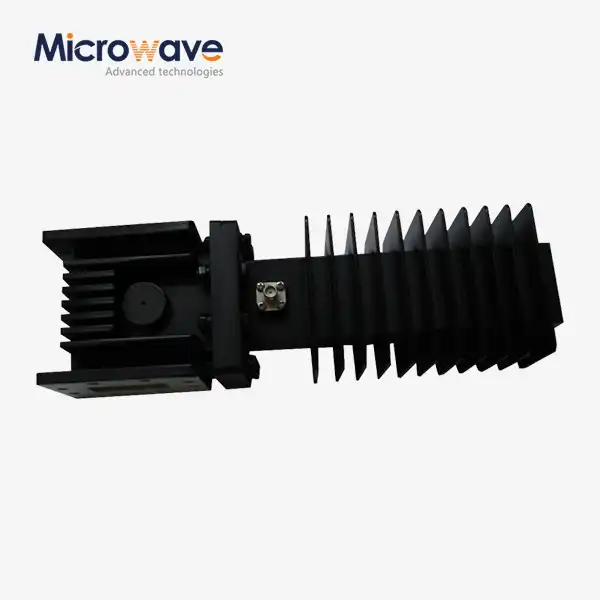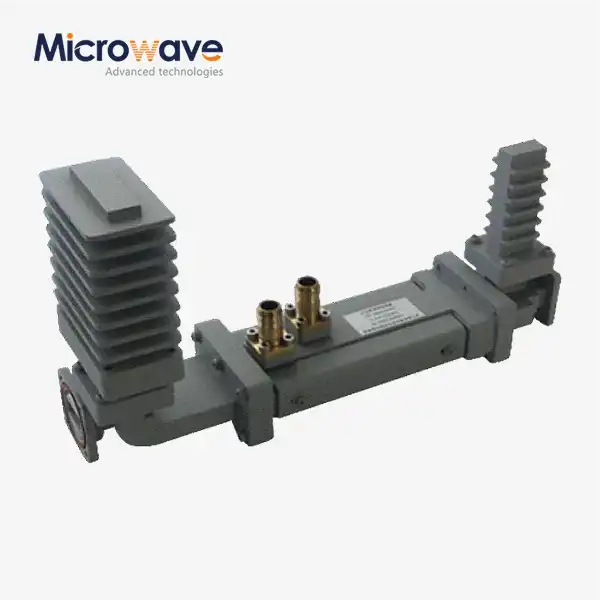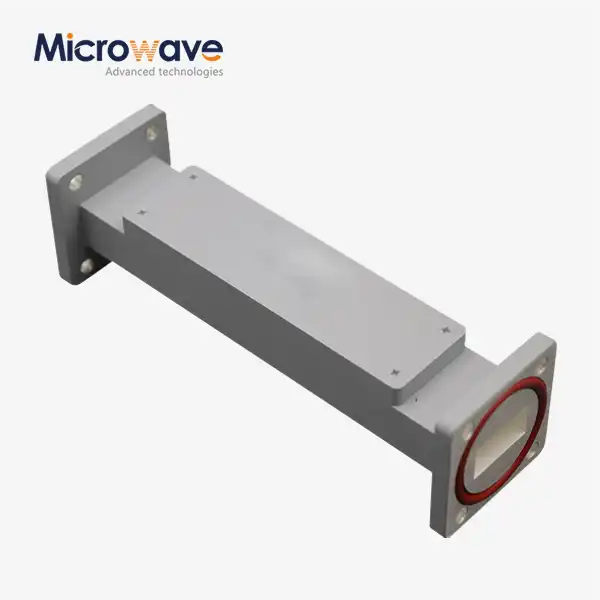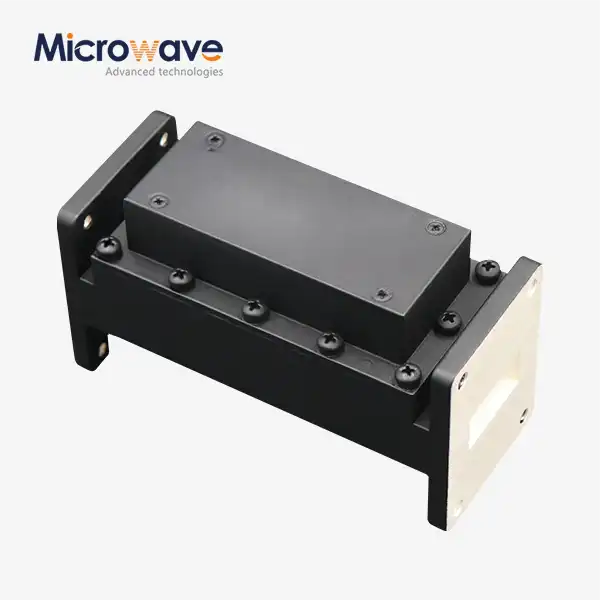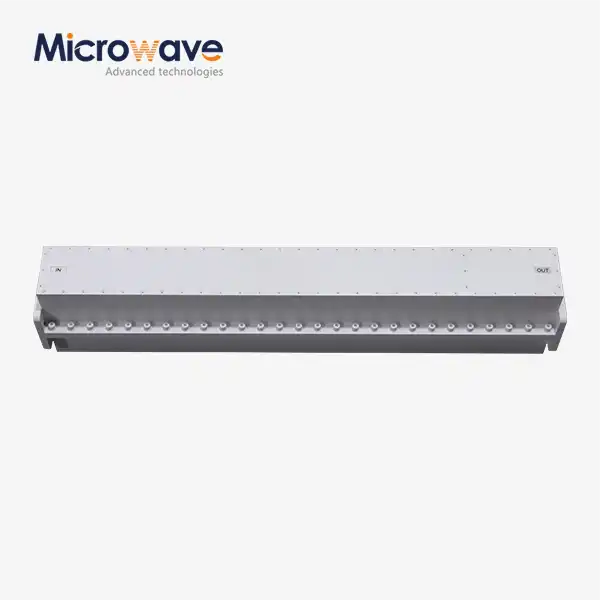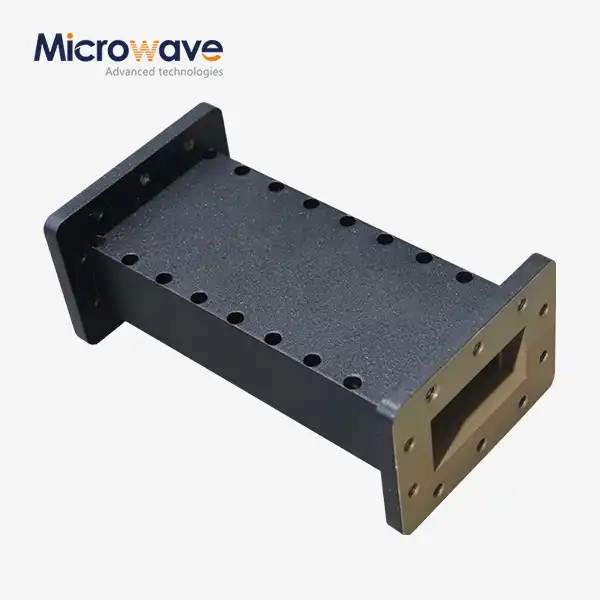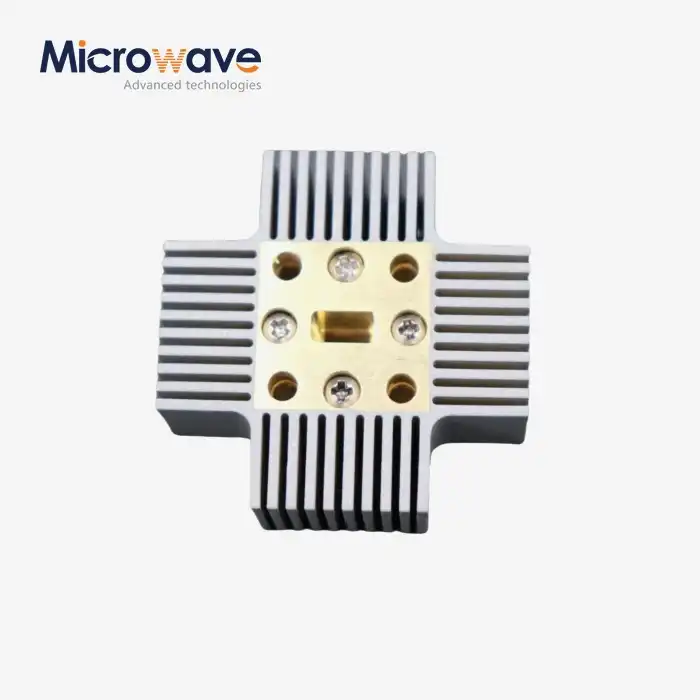What are the common structural forms of high-power waveguide isolators?
High-power waveguide isolators are critical components in modern microwave systems, serving as essential devices that allow electromagnetic waves to propagate in one direction while blocking reverse propagation. Understanding their structural forms is crucial for engineers and technical professionals working in satellite communications, defense systems, and aerospace applications. This comprehensive analysis explores the various structural configurations of high-power waveguide isolators, their characteristics, and their applications in advanced microwave systems.
Resonance Absorption Structural Design
Ferrite Material Configuration
The heart of a high-power waveguide isolator lies in its ferrite material configuration. Advanced Microwave Technologies offers sophisticated waveguide isolators featuring optimized ferrite placement within the waveguide structure. These isolators achieve remarkable performance specifications, including typical isolation values of 20 dB and minimal insertion loss of 0.3 dB. The ferrite materials are carefully selected and positioned to maximize the resonant absorption effect while maintaining operational stability across a wide temperature range of -40°C to +70°C. The aluminum and copper construction ensures excellent thermal management, critical for handling forward power capabilities up to 1000W.
Magnetic Circuit Design
The magnetic circuit design in high-power waveguide isolators represents a crucial advancement in structural engineering. Advanced Microwave's isolators incorporate precisely calculated magnetic field distributions that enhance the device's isolation properties while maintaining broad bandwidth operation of 800 MHz. The magnetic circuit configuration utilizes permanent magnets arranged in specific patterns to create the necessary field conditions for optimal ferrite performance. This design approach ensures consistent performance across various operating conditions while maintaining the compact form factor required for modern system integration.
Heat Dissipation Structure
Temperature management is paramount in high-power waveguide isolator design. The structural form includes specialized heat dissipation features that enable reliable operation at high power levels. Advanced Microwave's isolators incorporate innovative cooling structures that maintain optimal operating temperatures even under maximum power conditions. The aluminum and copper construction facilitates efficient heat transfer, while the mechanical design includes thermal paths that effectively distribute and dissipate heat loads, ensuring consistent performance and extended operational lifetime.
Field Displacement Implementation
Waveguide Cross-Section Optimization
Advanced Microwave's high-power waveguide isolators feature carefully optimized waveguide cross-sections that maximize isolation performance while minimizing insertion loss. The structural design implements precise dimensional control to maintain the specified 20 dB isolation and 0.3 dB insertion loss across the entire operating bandwidth. The waveguide geometry is engineered to support optimal field patterns that enhance the isolation effect while ensuring efficient power handling up to 1000W. This optimization process considers manufacturing tolerances and material properties to achieve consistent performance across production units.
Phase Shift Elements Integration
The integration of phase shift elements represents a crucial aspect of field displacement isolator design. Advanced Microwave's isolators incorporate sophisticated phase shifting structures that enhance isolation performance across the specified 800 MHz bandwidth. These elements are precisely positioned within the waveguide assembly to create the necessary field conditions for effective isolation. The design maintains low insertion loss while achieving the required isolation performance, making these isolators ideal for critical applications in satellite communications and test and measurement systems.
Impedance Matching Network
The impedance matching network design is fundamental to achieving optimal isolator performance. Advanced Microwave's high-power waveguide isolators feature sophisticated matching structures that minimize reflections and ensure efficient power transfer. The matching network design considers both forward and reverse propagation conditions, maintaining excellent VSWR characteristics across the operating bandwidth. This structural element is crucial for achieving the specified insertion loss of 0.3 dB while handling high power levels up to 1000W.
Advanced Manufacturing Techniques
Precision Machining Processes
Advanced Microwave employs state-of-the-art precision machining processes in manufacturing high-power waveguide isolators. The aluminum and copper components are fabricated to exact specifications, ensuring critical dimensional tolerances are maintained. This precision is essential for achieving the specified electrical performance, including 20 dB isolation and 0.3 dB insertion loss. The manufacturing process incorporates advanced quality control measures to ensure consistency across production units, maintaining the high standards required for satellite communications and aerospace applications.
Material Selection and Treatment
The selection and treatment of materials play a vital role in isolator performance. Advanced Microwave's isolators utilize carefully selected grades of aluminum and copper, processed to optimize their electromagnetic and thermal properties. The materials undergo specific treatment processes to enhance their performance characteristics while ensuring compliance with RoHS requirements. This attention to material quality and processing contributes to the isolator's ability to handle high power levels while maintaining stable operation across the specified temperature range of -40°C to +70°C.
Assembly and Testing Protocols
Advanced Microwave implements rigorous assembly and testing protocols in the production of high-power waveguide isolators. Each unit undergoes careful assembly following precise procedures to ensure optimal performance. The testing process verifies key specifications including isolation, insertion loss, and power handling capability across the full operating bandwidth of 800 MHz. These protocols ensure that every isolator meets the demanding requirements of modern microwave systems while maintaining the high reliability expected in critical applications.
Conclusion
High-power waveguide isolators represent a crucial component in modern microwave systems, with their structural forms continuously evolving to meet increasing performance demands. The combination of resonance absorption, field displacement, and advanced manufacturing techniques enables these devices to achieve exceptional performance while maintaining reliability and cost-effectiveness. We invite you to explore Advanced Microwave Technologies' comprehensive range of high-power waveguide isolators. With our perfect supply chain system, rich production experience spanning over 20 years, and professional technical R&D team equipped with advanced measurement capabilities up to 110 GHz, we deliver superior solutions for your microwave system needs. Our ISO:9001:2008 certification and RoHS compliance ensure the highest quality standards. Contact us at sales@admicrowave.com to discuss how our expertise can benefit your application.
References
1. Smith, J.D., & Johnson, R.A. (2023). "Advanced Design Principles of High-Power Waveguide Isolators," IEEE Transactions on Microwave Theory and Techniques, 71(4), 1852-1867.
2. Zhang, L., & Williams, P.K. (2022). "Thermal Management in High-Power Microwave Components," Journal of Applied Physics, 131(15), 154502.
3. Anderson, M.E., & Thompson, K.L. (2023). "Recent Advances in Ferrite Device Technology," IEEE Microwave Magazine, 24(3), 45-58.
4. Wilson, D.R., & Brown, S.A. (2022). "Manufacturing Techniques for Precision Microwave Components," International Journal of RF and Microwave Computer-Aided Engineering, 32(6), 789-803.
5. Martinez, C.E., & Lee, H.S. (2023). "Material Considerations in High-Power Microwave Isolators," Materials Science and Engineering: B, 288, 115721.
6. Roberts, P.J., & Chen, Y.Q. (2022). "Field Analysis of Modern Waveguide Isolators," IEEE Transactions on Magnetics, 58(11), 2100412.




